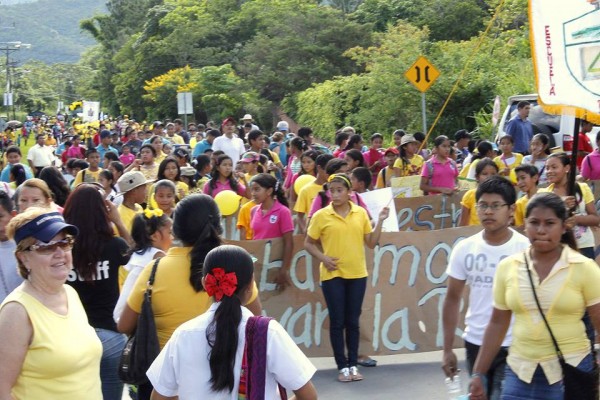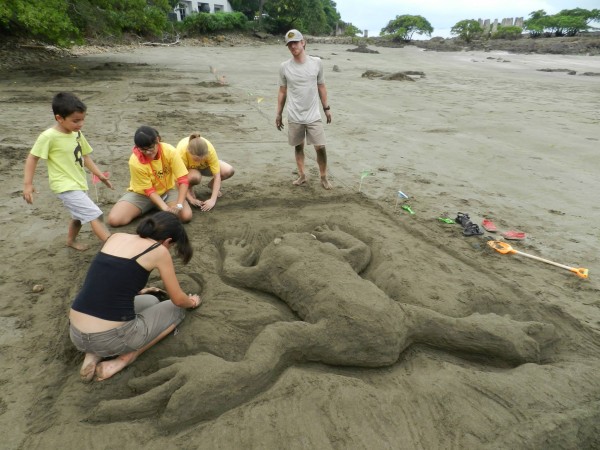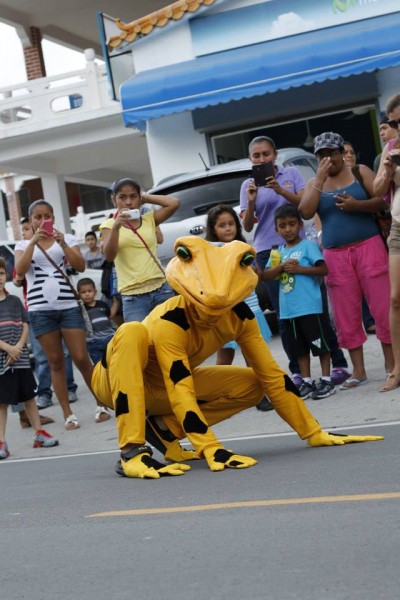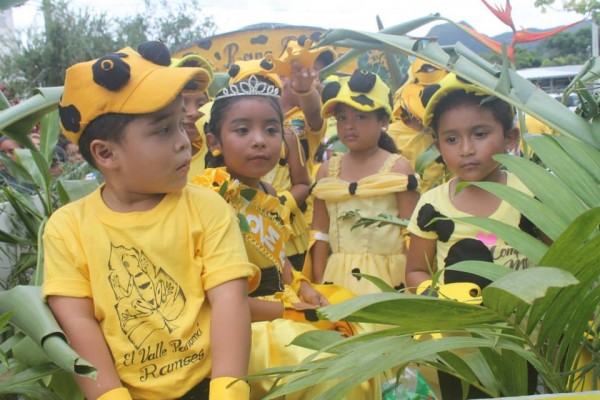Tag Archives: Golden Frog day
Puerto Rico’s Dia del Coqui
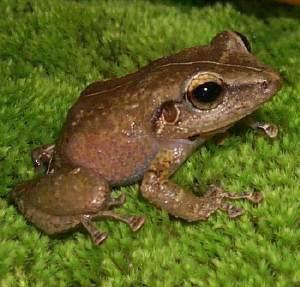 For five years, I have worked as the staff herpetologist at Las Casas de la Selva, a sustainable forestry project in Puerto Rico. I’ve also had the privilege of spending five months in Panama; some of that time was spent working with PARC and I have noticed many similarities between Puerto Rico and Panama. Specifically, I have noticed how each country has a frog as a national and cultural symbol.
For five years, I have worked as the staff herpetologist at Las Casas de la Selva, a sustainable forestry project in Puerto Rico. I’ve also had the privilege of spending five months in Panama; some of that time was spent working with PARC and I have noticed many similarities between Puerto Rico and Panama. Specifically, I have noticed how each country has a frog as a national and cultural symbol.
In Panama, everyone knows of the Golden Frog (Atelopus zeteki), and when I was studying the folklore of Panama, I heard old stories about how the frog was good luck, and that people used to believe that it turned to gold when it died. Nowadays, the Golden Frog is a symbol of Panama itself, and what it means to be Panamanian. Images of the Golden Frog adorn everything from lottery tickets to t-shirts to coffee mugs. Some of my friends in Panama have even gone so far as to get Golden Frog tattoos. And each year, thousands of people celebrate Golden Frog Day.
As an island, Puerto Rico has very few species of frogs, and 16 of the 18 native species belong to the genus Eleutherodactylus. This genus is referred to collectively as “Coquis”, although only two species make the distinctive “Ko-Kee” mating call that makes nighttime in Puerto Rico such a noisy affair. Of the 16 species of Coquis, 13 are listed by the IUCN as either Vulnerable, Endangered, or Critically Endangered. As with the Golden Frog in Panama, Coquis are a symbol of everything Puerto Rican. Mainland-born Puerto Ricans who return to the island respond to challenges about their Puerto Rican “authenticity” used to respond, “I’m as Puerto Rican as the Coqui”. Images of the Coqui show up on artistic murals, tourist kitch, and tattoos; there is even a “Coqui” brand of coffee and a “Coqui” car dealership!
But we are missing something in Puerto Rico- we have no equivalent to the “Dia de Rana Dorada”. After my time at PARC, including my opportunity in 2012 to help Angie Estrada, Jorge Guerrel, Ligo Diaz, and the rest of the staff plan and execute educational activities at the Summit Zoo, I decided to take the spirit of “Dia de Rana Dorada” back to Puerto Rico with me. The idea has been well-received, and the first “Dia del Coqui” will be a weekend-long festival from September 26th-28th, 2014. It will be held at the Jardin Botanical y Cultural William Miranda Marin in the centrally-located city of Caguas. Already, artisans, scientists, musicians, university students, historians, and public-works officials are coming together to make this event a success.
The intention of Dia del Coqui is to be a cultural celebration, but also an important learning tool to help the people of Puerto Rico know that the frogs that they have always shared the island with are in need of conservation. We hope that Dia del Coqui becomes a cultural mainstay in Puerto Rico, akin to Dia de Rana Dorada in Panama.
by Norman Greenhawk greenhawk81@gmail.com www.facebook.com/diadelcoqui
Long Live the Frog: The 2013 Golden Frog Festival
THE HIGHLIGHTS
Participants: 6280
Volunteers: 44
School Groups: 34 (approx. 1000 kids)
Events: 9
Fliers Distributed: 1450
Frog Cookies Eaten: 100
MEDIA COVERAGE
Radio/TV Spots: 5
News Articles: 4
Media Websites: 4
The third annual Golden Frog Festival, consisting of events throughout Panama, united locals and visitors from around the world in a single mission: celebrating and conserving Panama’s amphibian treasures.
The festival began on Sunday, August 11 at the Smithsonian’s Punta Culebra Nature Center, where staff members from the Gamboa Amphibian Rescue Center led discussions and animal demonstrations for visitors of all ages. Children competed to make the best frog sculpture on the center’s sandy beach, then moved to decorating their own golden frog masks. Visitors learned about the crisis facing the country’s amphibian populations—from the deadly fungus Batrachochytrium dendrobatidis (Bd) to habitat loss—and of different ways to help preserve these valuable species. It was a fun-filled day for all ages.
The Smithsonian’s Tropical Research Institute (STRI) hosted several mid-week events in both English and Spanish. In STRI’s weekly “Tupper Talk,” Dr. Myra Hughey spoke on her cutting-edge research in how understanding the bacterial components of a frog’s skin can help elucidate ways to combat Bd infection. Hughey’s lecture targeted the scientific community, while the following day a public forum offered visitors of all backgrounds and ages the chance to hear from Dr. Roberto Ibanez, one of the chief scientists at the Panamanian Amphibian Rescue and Conservation (PARC) project; Lucrecia Arosemena, whose tireless efforts helped prompt the Panamanian legislature to recognize August 14, 2010, as the first national Golden Frog Day; and Dr. Justin Touchon, who humorously explored a number of interesting and little known facts about frogs. (For example, until his talk, I had no idea that some female frogs select their mates based on the complexity of their calls—or that those complex calls that woo the most females also make males more vulnerable to predators such as bats.)
In continued efforts to build public involvement, STRI and PARC personnel also spoke at La Rana Dorada pub in Casco Viejo, where Dr. Richard Cooke enthralled many casual passersby with his tales of the psychotropic properties of frogs and in a talk titled “It’s not easy being green,” Angie Estrada offered a moving plea for conservation and action. These talks proved so inspiring that by evening’s end, several audience members had decided to start volunteering with PARC.
Finally, the week wrapped up with events for schoolchildren and families at both Gamboa’s Summit Zoo and the El Valle Amphibian Conservation Center. Throughout the weekend, visitors saw the frogs—including several golden frogs successfully hatched in captivity, learned about the valuable contributions amphibians make to the Panamanian ecosystem, and discovered how to help conserve these animals. In El Valle, the local golden frog parade featured floats and costumes galore—one child dressed as a golden frog princess; another, a morphologically accurate tadpole. After learning that golden frogs use semaphore, a form of hand gestures, for communication, some children compiled a dance to mimic their movements. As dusk fell in the mountains that night, I heard one shimmying teenage girl explain to another, “If I were a golden frog, this is how I’d call my mate.” Her hands circled her torso, then she raised her palms to the sky. From a distance, she probably looked like any teenager bouncing to the beat of her favorite song. But I was close enough to hear her explain, “And this is how I’d protect my territory,” and I knew this dance stemmed not from the idle energy of a teenager on holiday, but from an engagement that just might lead to action.
Somewhere nearby a woman exclaimed, “This year’s festival was amazing! Next year’s will be even better!” With your help, it will. If you’d like to be involved as a volunteer for amphibian rescue, please contact us. See you in 2014!
-Elizabeth Wade, Panama Amphibian Rescue and Conservation Project Volunteer
Third Annual Golden Frog Day Calendar of Activities (2013)
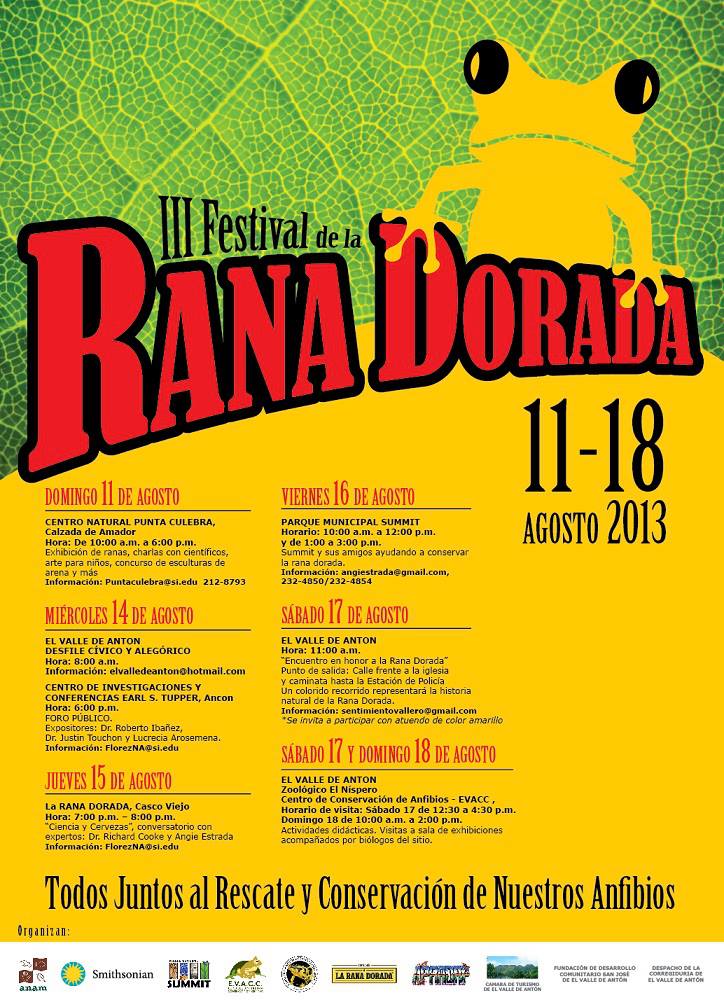
11 August
PUNTA CULEBRA NATURE CENTER Amador Causeway
Times: 10:00 AM a 6:00 PM
Frog exhibit and fun activities for kids.
Contact: Puntaculebra@si.edu 212-8793
14 August
EARL S. TUPPER CONFERENCE CENTER, SMITHSONIAN TROPICAL RESEARCH INSTITUTE Ancon
Time: 6:00 pm
PUBLIC FORUM. Presentations by Dr. Roberto Ibañez, Dr Justin Touchon and Lucrecia Arosemena.
Contact: FlorezNA@si.edu
15 August
La RANA DORADA PUB, Casco Viejo
Time: 7:00 PM – 8:00 PM
“Science and Beer” conversation with amphibian experts: Dr. Richard Cooke and Angie Estrada
Contact: FlorezNA@si.edu
16 August
SUMMIT MUNICIPAL PARK
Come to Summit with your friends and help to save frogs!
Time: 10:00 AM a 12:00 PM and 1:00 a 3:00 PM
Contact: angiestrada@gmail.com , 232-4850/232-4854
Saturday 17 August
EL VALLE DE ANTON
Time: 11:00 AM
“Golden Frog Parade ”
Parade participants please meet opposite the church. Participants should dress festively, inspired by frogs.
Contact: sentimientovallero@gmail.com
17 & 18 August
EL VALLE DE ANTON
El Níspero Zoo – El Valle Amphibian Conservation Center (EVACC)
Times: Saturday: 12:30 – 4:30 PM. Sunday: 10:00 AM – 2:00 PM
Educational activities and exhibit of the amphibian conservation center and golden frogs.
JOIN US TO CONSERVE OUR NATURAL HERITAGE
Celebrate Golden Frog Day (English) from Melissa Mak on Vimeo.
Organizers: Autoridad Nacional del Ambiente, Smithsonian Tropical Research Institute, Summit Municipal Park, El Valle Amphibian Conservation Center, Panama Amphibian Rescue and Conservation Project, La Rana Dorada Pub, APRADAP, FUNDECO, Cámara de Turismo de El Valle de Anton and Corregiduría de El Valle de Anton.
Join us in celebrating Golden Frog Day
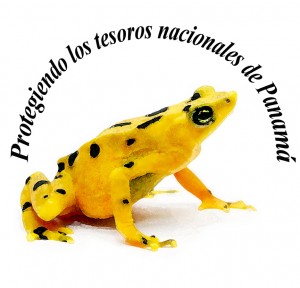
Panamanian golden frog day is Aug. 14.
Golden Frog Day is a national day of awareness in Panama that occurs annually on August 14th. This day was designated in 2010 to celebrate the Panamanian golden frog and promote amphibian conservation. This year, the Golden Frog Day celebration starts on August 8th and goes until the 14th with different activities in El Valle and Panama city. On Aug. 13, those of us at Summit Zoo in Gamboa will offer activities that help demonstrate the significance of frogs in ecosystems and why we should protect them. Here is a detailed agenda of the many activities next week.
Golden Frog Day Celebration Agenda
Monday, Aug. 8th to Friday, Aug 12th (El Valle)
8 am – 2 pm: Writing and Drawing Contest for students from elementary and high schools from El Valle.
Saturday, August 13th (El Valle)
9 am: Elementary and high schools, governmental and non-governmental institutions from El Valle and near towns will be part of a Golden Frog Day Parade on El Valle Principal Avenue.
7:30 pm: Play in honor of golden frogs. Title: “La India Dormida” by high school students from the Instituto Profesional Técnico de El Valle at San José de El Valle Church.
Saturday, August 13th (Summit Zoo)
10 am: Golden Frog Day Celebration with 100 Summit Zoo kids. First Frog Exhibit at the Zoo: Two common species and their amazing stories.
11 am: A sneak peek on Frog Conservation in Panama. Exhibit: Frogs food at the Zoo: flies, worms, crickets and more. What else can we do?
12 pm: Frog Fun! Games and educational activities with kids.
1 pm: Frog lunch and Frog cake.
Sunday, August 14th (El Valle)
11 am: Mass at San Jose de El Valle Church.
12 pm: Visit to EVACC
2 pm: Marching bands performances at Hotel Pekin plaza in front of El Valle Public Market.
We would also like to encourage all of our frog friends to enter their cool golden frog pictures or any other amphibian picture in our online photography contest. How can you participate? You just need to friend us on Facebook and upload your frog pics (one per person), then tag us and tell all your friends to “like” it. Don’t forget to post your name and email so we can contact you when you win! The winner will receive a specially commissioned traditional tagua carving of their winning frog made by Lanky.

